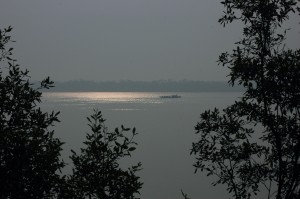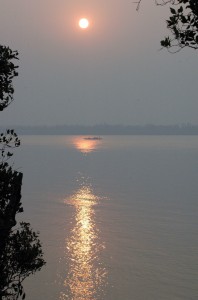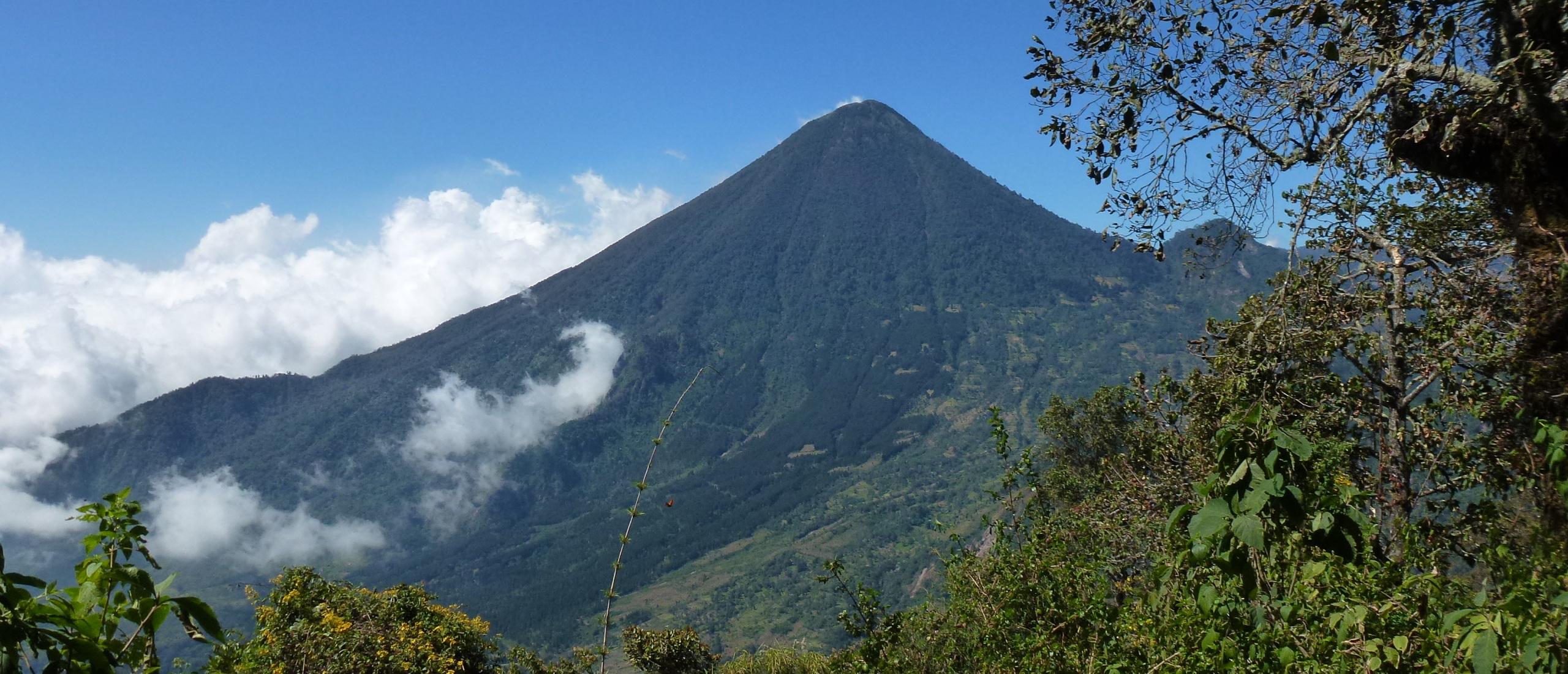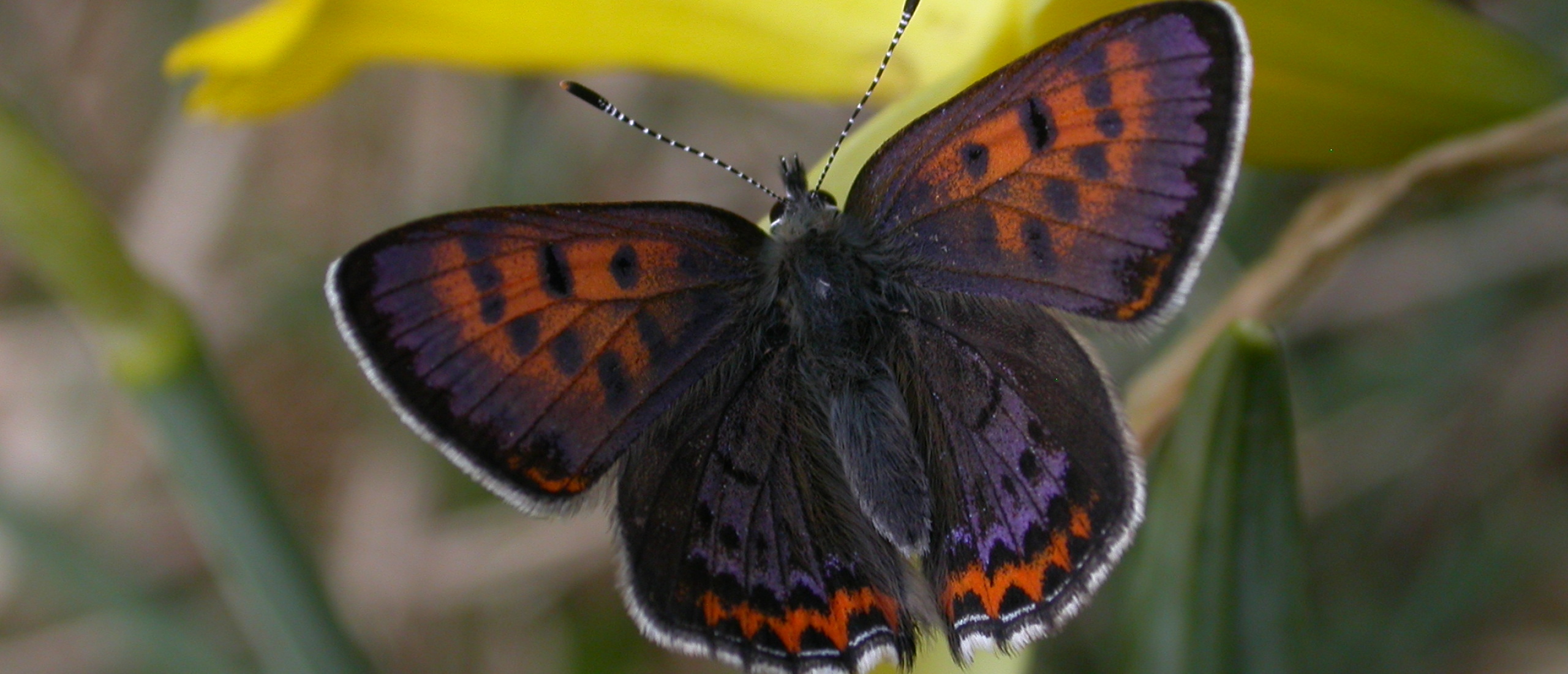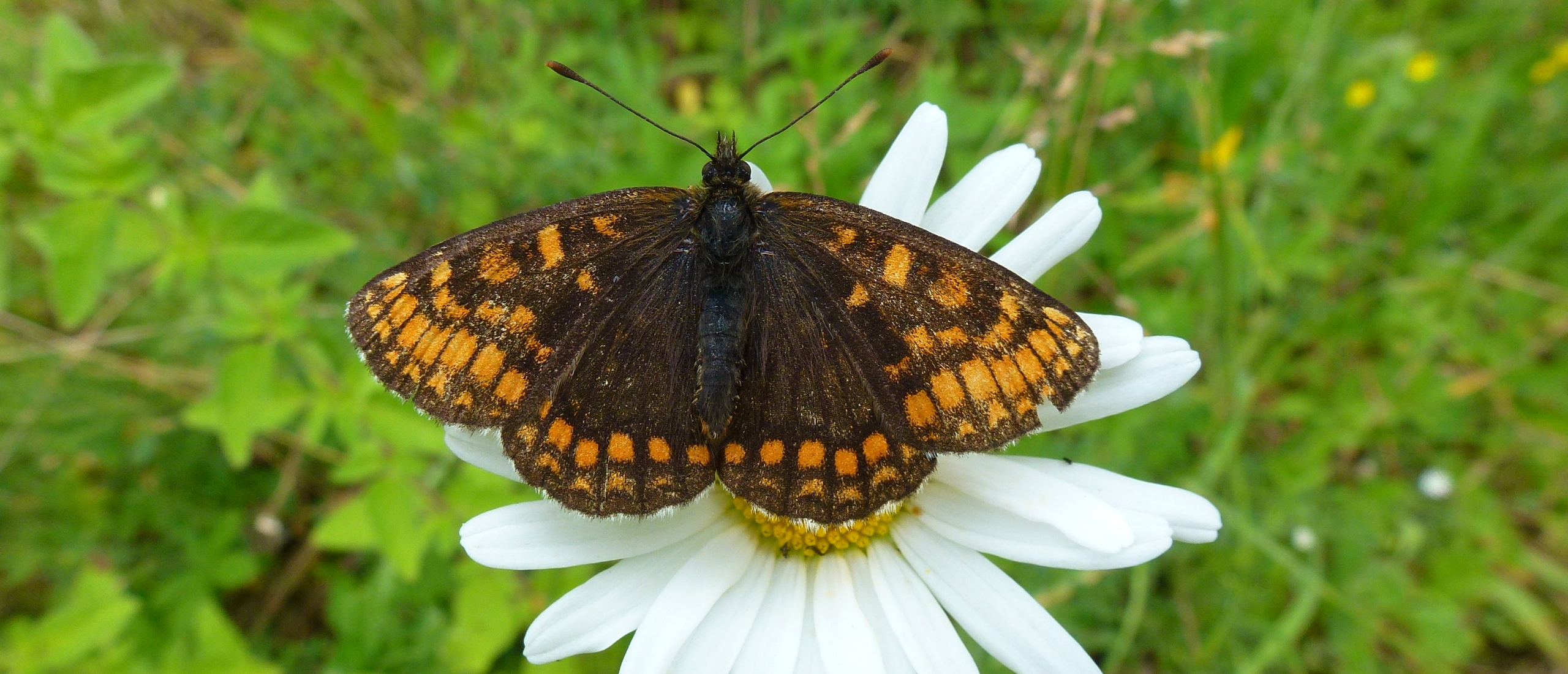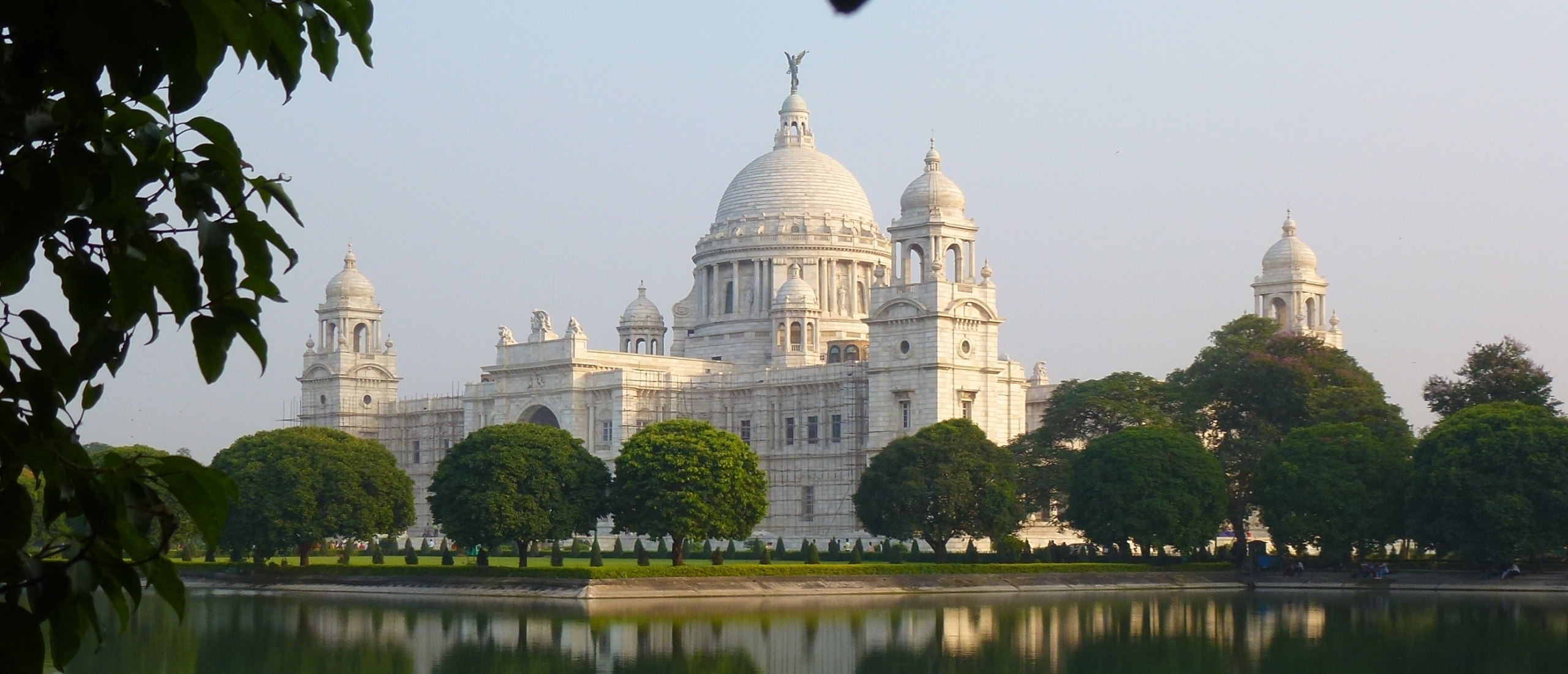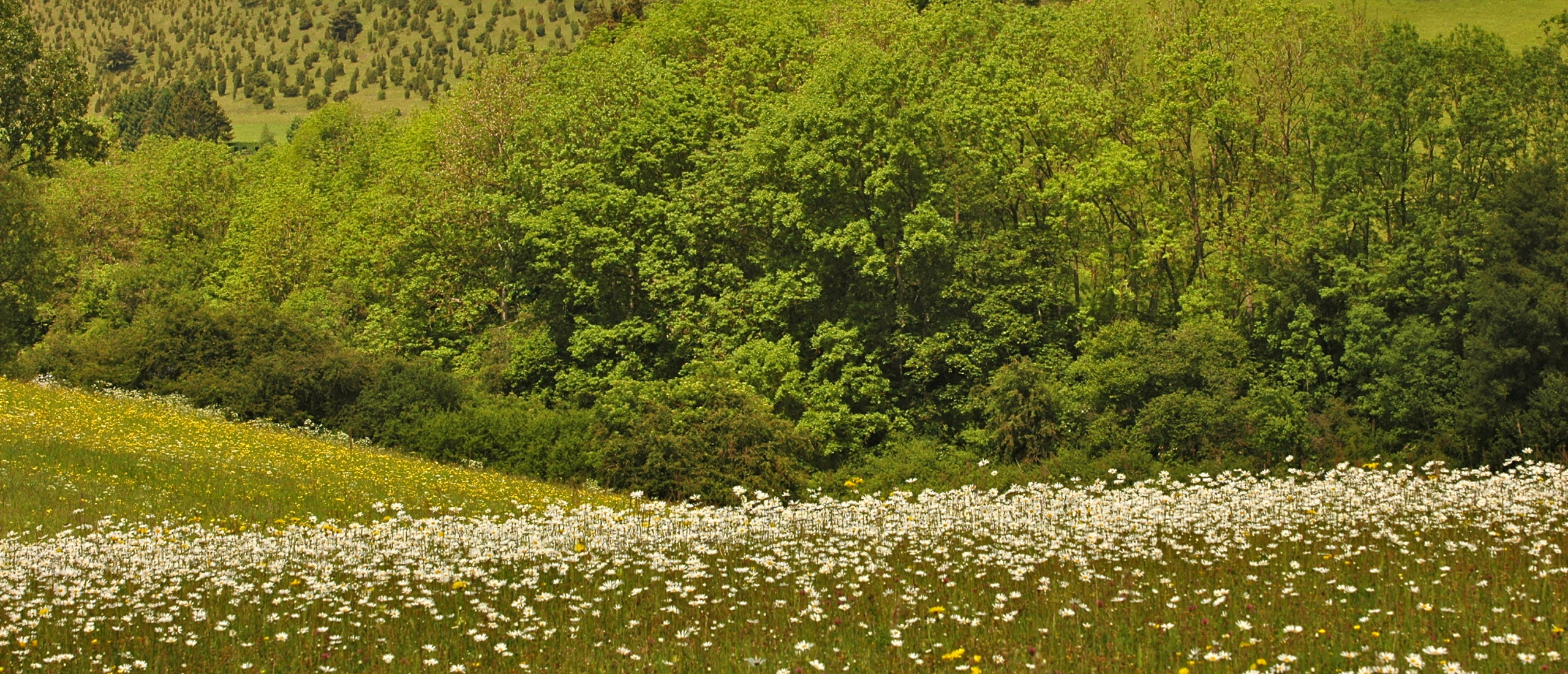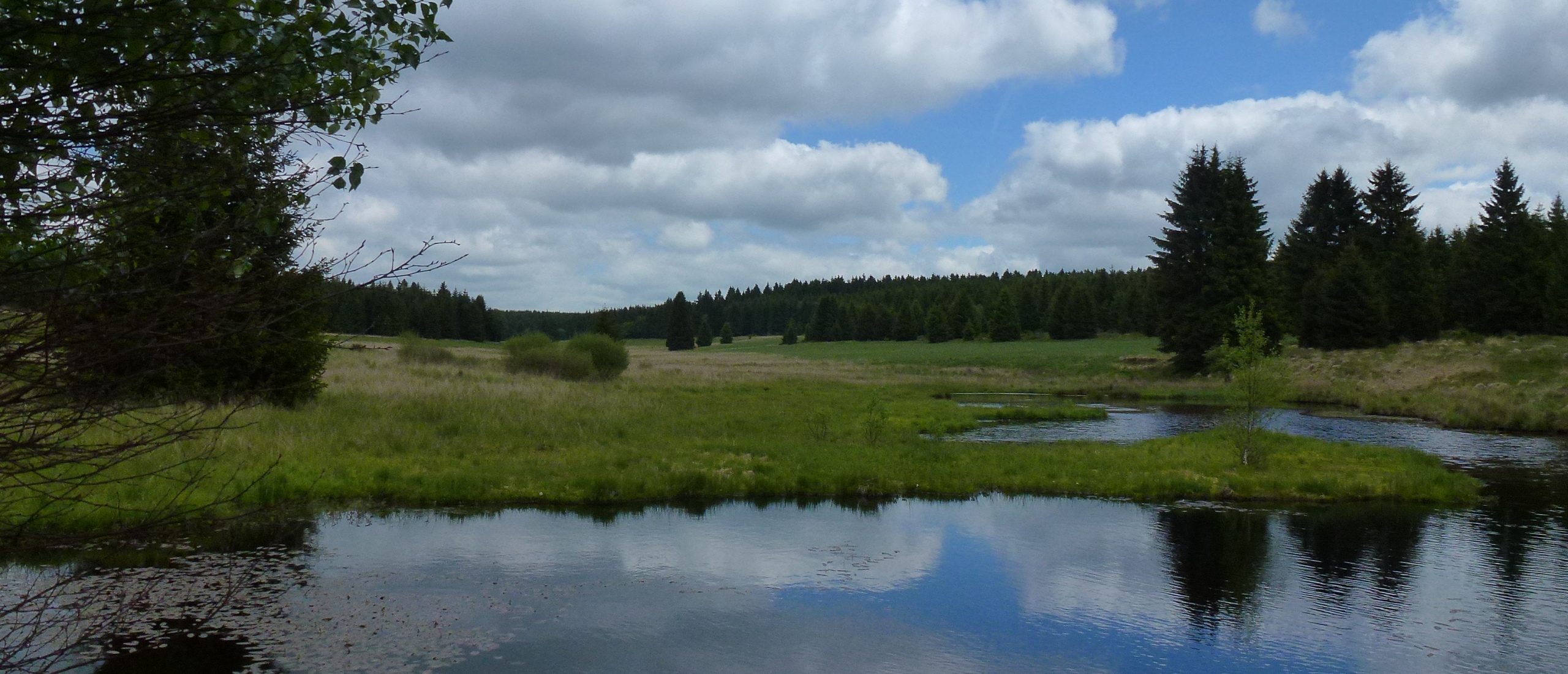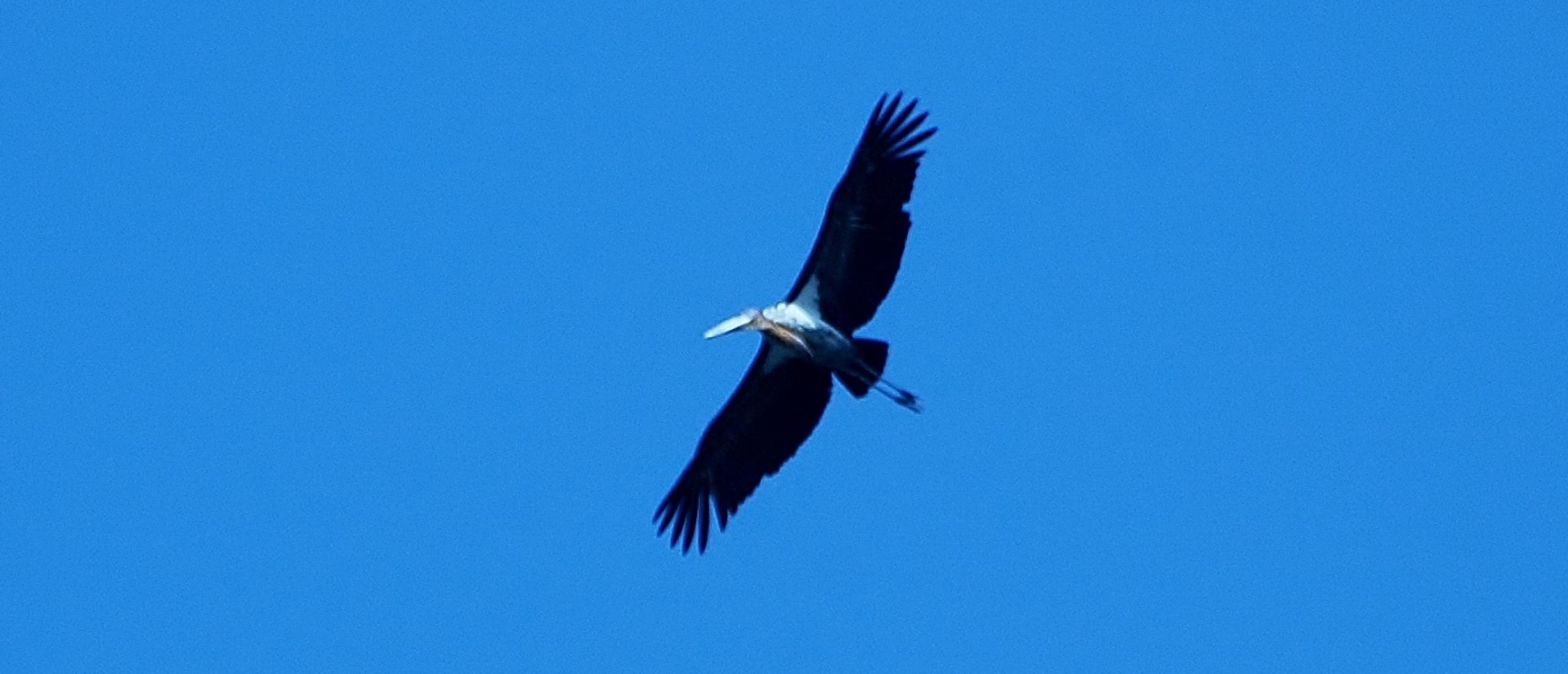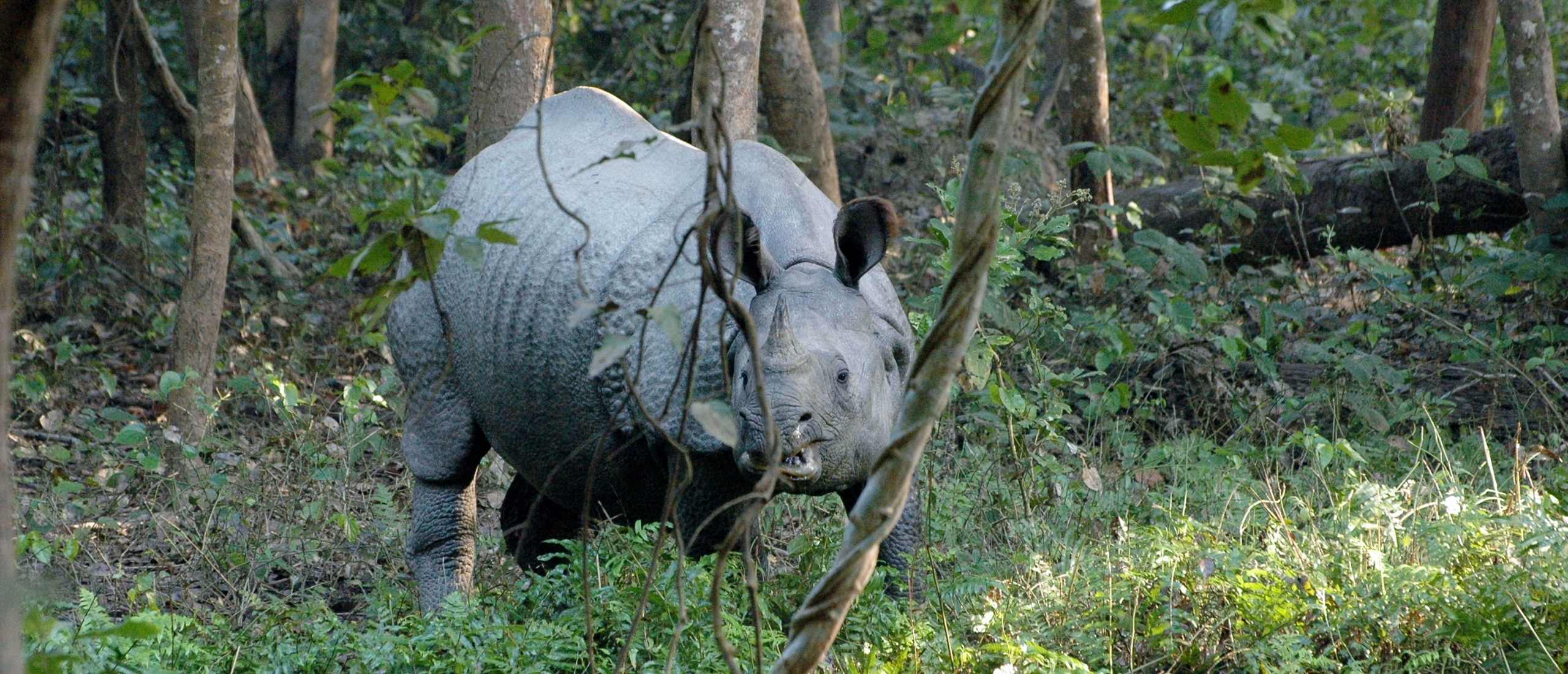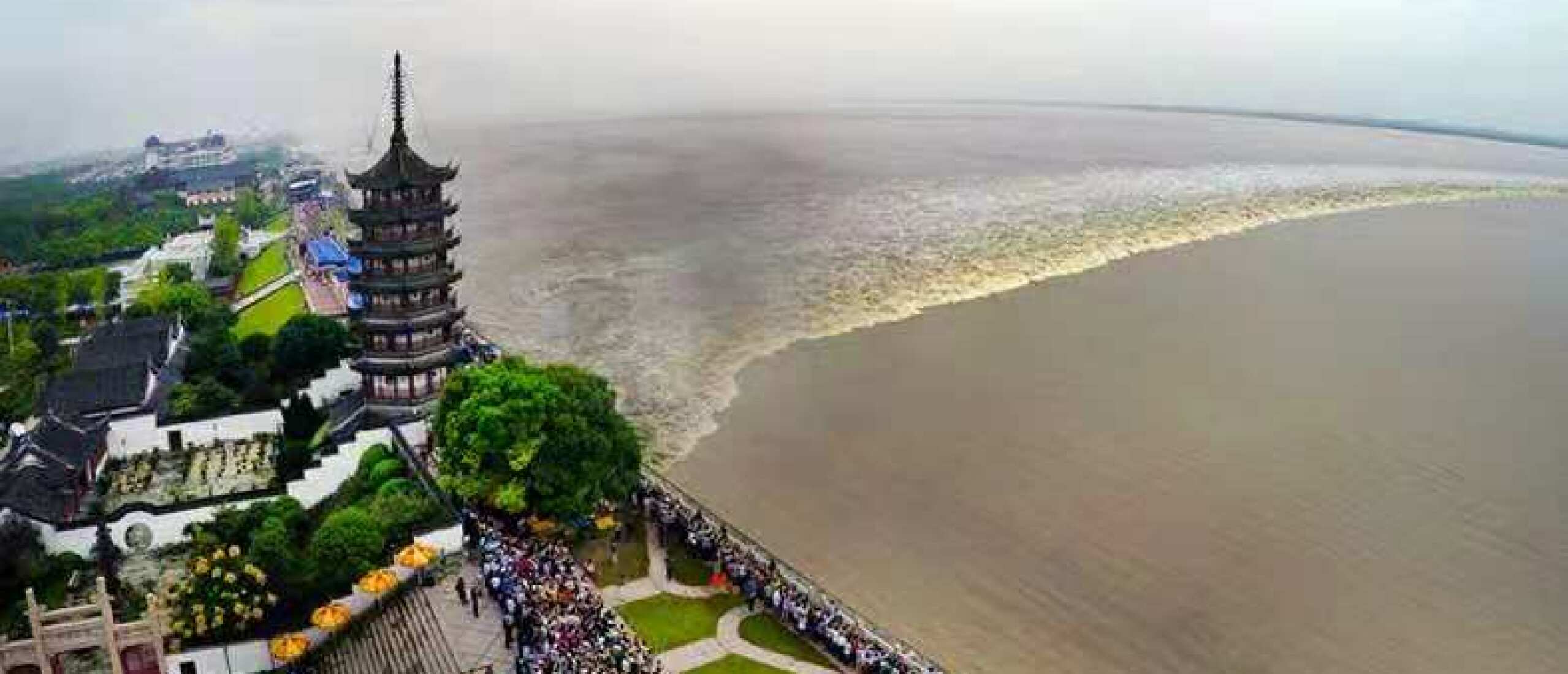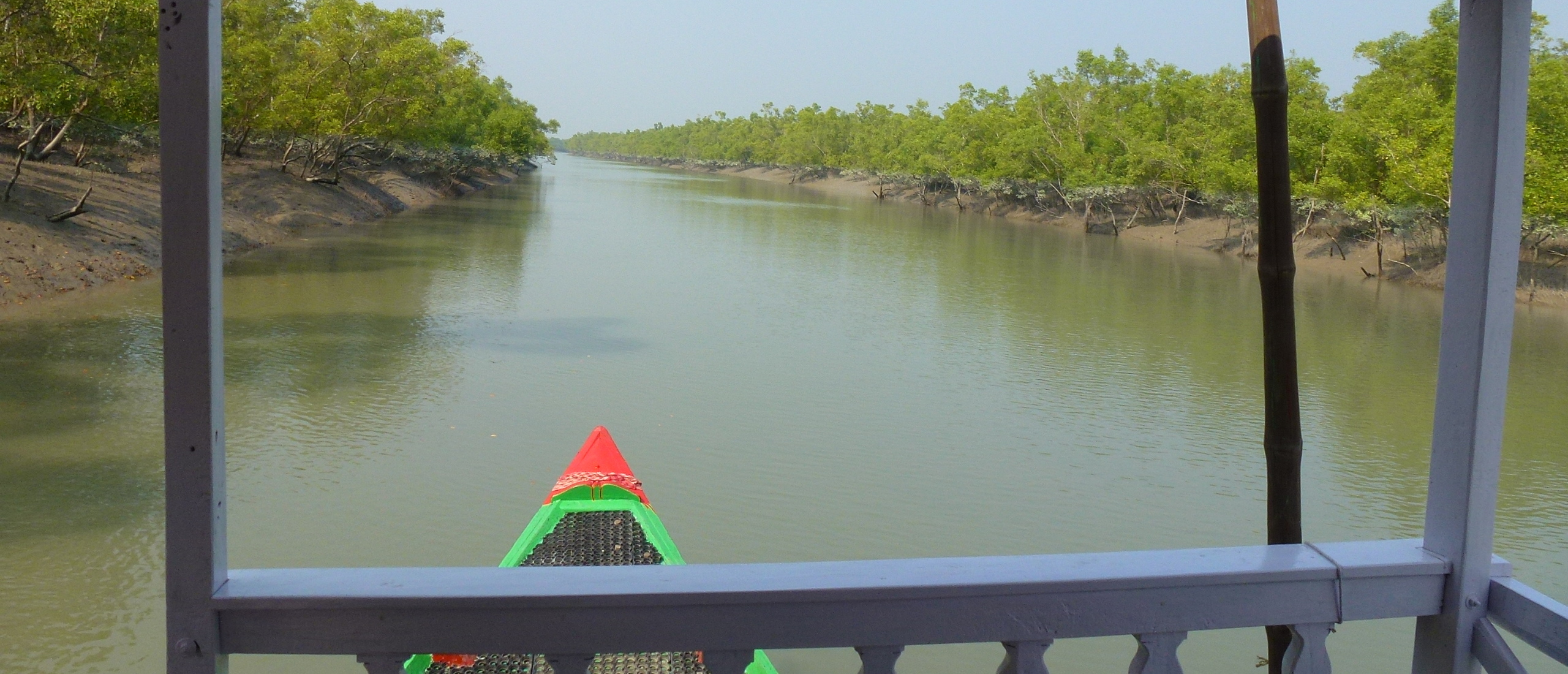
By boat through the mangrove-lined creeks of the World’s greatest delta After an all too brief night of luxury at the Hyatt Regency in Salt Lake City, not Utah but Calcutta (Kolkata), we bade our farewells with copious quantities of gin and tonic to three members of the Naturetrek group, picked up two others who had been on a Brahmaputra River cruise, as well as our new guide, Sujan Chatterjee, and headed out, bound for a small riverside town to the south-east, from where we were due to board a river boat for our great Sunderban adventure. The Sunderbans is a vast network of mangrove-lined channels that forms the World’s most extensive delta system, and is shared roughly equally between India and Bangladesh. It is also home to one of the largest remaining populations of tigers, but as we were to find out for ourselves, they are none too easy to find. Our boat was a typical wooden vessel of the region, with raised bow and stern, and with a covered seating and viewing area. We chugged out into the channel, and it was as if we were immediately entering a different world, so peaceful compared to the frenetic and chaotic drive we had just experienced from Calcutta. Our first voyage was quite short, taking us to our base for the coming three days, the Sunderban Tiger Camp, on Bali Island, which still has no mains electricity, although we were catered for by a generator.
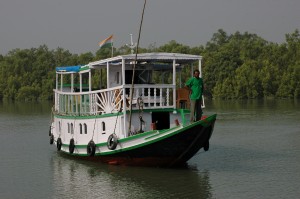 Our boat was a typical locally built wooden vessel
Our boat was a typical locally built wooden vessel
From here we would set off each morning for a day of cruising gently along the channels, mud-fringed at low tide and extending into the mangroves at high water. Occasionally we would stop and scan from the watch towers that have been constructed in various places, in some places with cleared openings radiating out from them, which can help in observing the normally elusive tigers.
Apart from an impressive array of five different species of kingfisher, the wildlife highlights included around ten saltwater crocodiles, quite large numbers of prehistoric-looking water monitor lizards, several wild boar and a number of cheetal, or spotted deer.
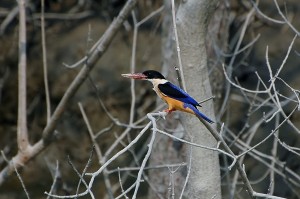 Black-capped Kingfishers were much in evidence
Black-capped Kingfishers were much in evidence
 The Brown-winged Kingfisher was fairly common
The Brown-winged Kingfisher was fairly common
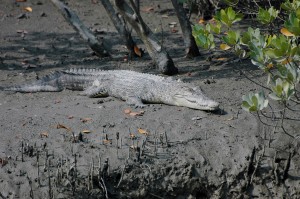 Saltwater crocodiles are quite numerous in the Sunderbans
Saltwater crocodiles are quite numerous in the Sunderbans
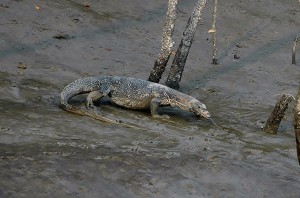 The water monitor is an impressive beast
The water monitor is an impressive beast
The mangroves here are not tall, and they form an almost impenetrable wall along the highwater mark, interspersed in places by areas of phoenix palm. It was an amazing feeling to be nosing our way along these seemingly endless channels, weaving our way through this vast network of waterways. Somehow, however, perhaps because of the greater variety of birdlife I had seen in mangrove areas in Vietnam, Guatemala, Ecuador and Australia, I was slightly disappointed by the birds here, maybe unjustly so, but somehow I missed the waders and other waterfowl that I had expected to see in profusion. Apparently there was an extensive mudflat that we could have visited on the other side of Bali Island, but time was not sufficient to warrant an outing to that place.
 Cruising along the mangrove-lined channels
Cruising along the mangrove-lined channels
The last morning involved a village walk from our accommodation, and it was quite an eye-opener. The local people here live extraordinarily simple lives that can hardly have changed in centuries – apart from the inevitable modern touches including mobile phones and satellite dishes for televisions powered by solar panels. Other than these items, the people live in dark, mud and wattle-walled single-storey houses without windows and with palm leaf roofs, and with a single pit toilet at the end of the “street”.
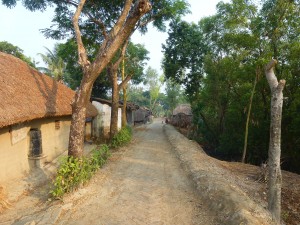 People here live in very simple conditions
People here live in very simple conditions
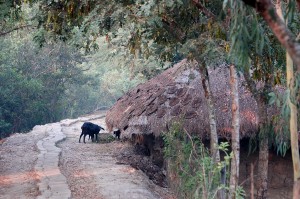 The main drag, with cow dung cakes drying on the thatched roofs
The main drag, with cow dung cakes drying on the thatched roofs
Again all too soon, our Sunderbans excursion drew to a close, and we headed back to “civilization” (i.e. urban chaos), and said our goodbyes to the rest of our tour companions. A further day’s historical tour of Calcutta rounded off our stay in the East, and then we took a heavily delayed overnight (and half the next day) train to Lucknow, where we have just completed a moving tour of the places associated with what we refer to as the Indian Mutiny and the Indians name the First War of Independence. This will be described in the next episode.


